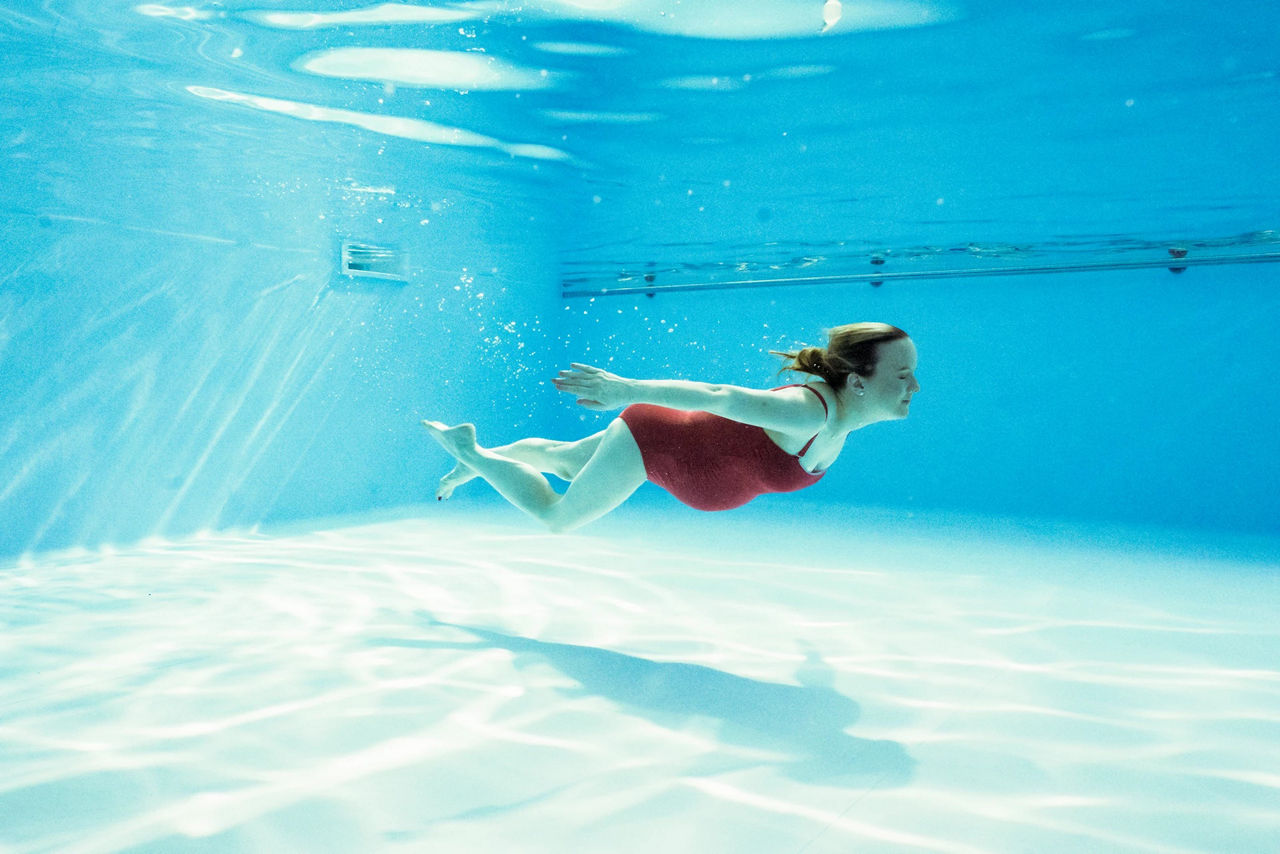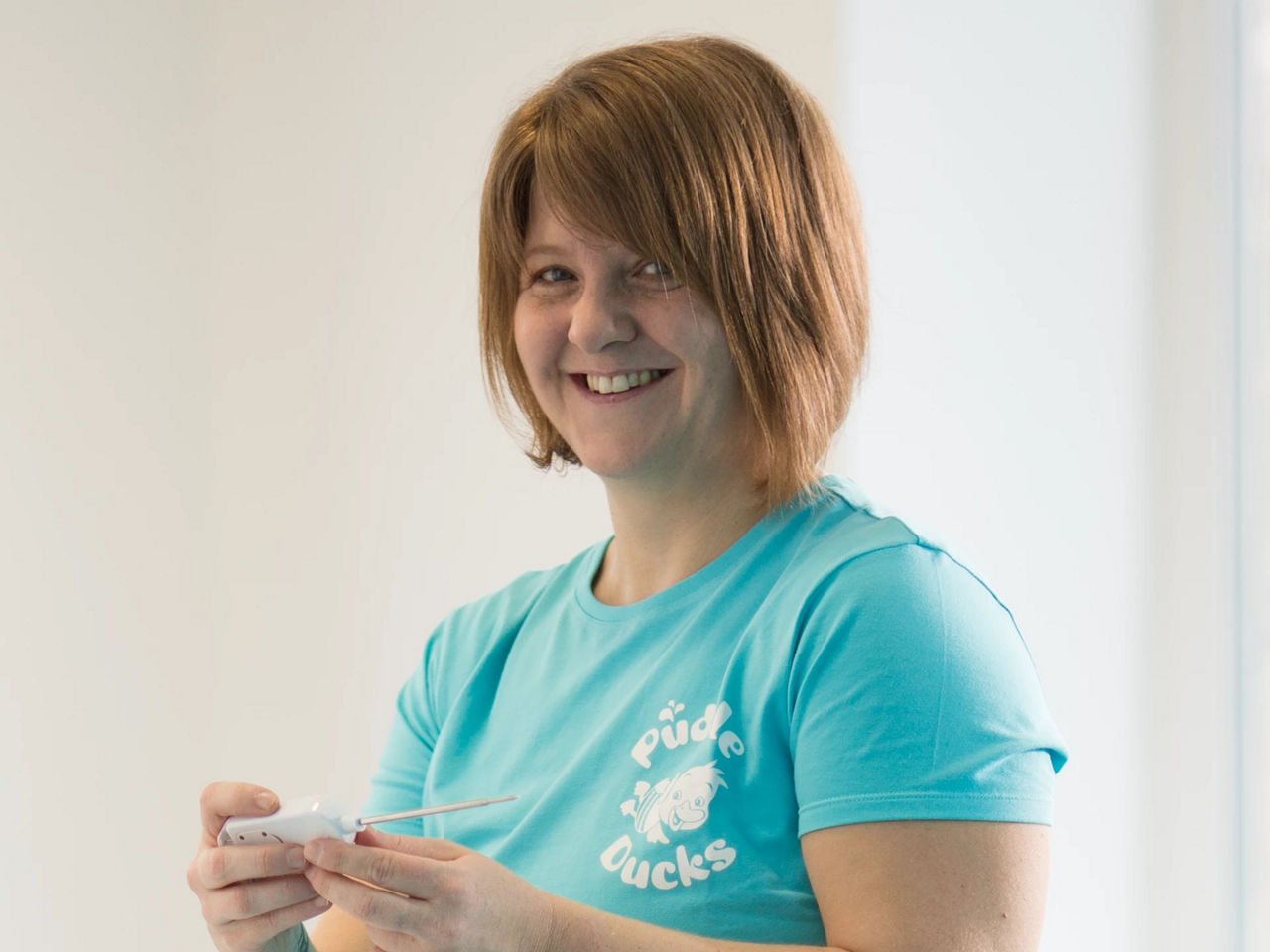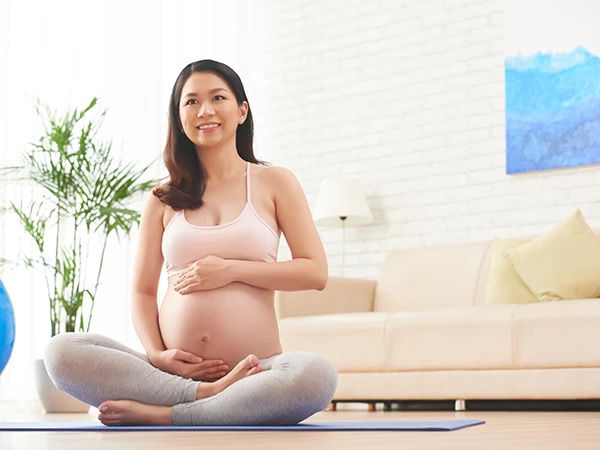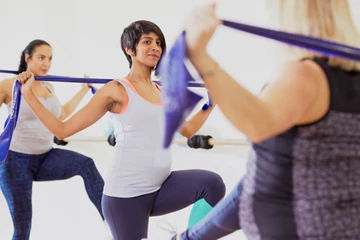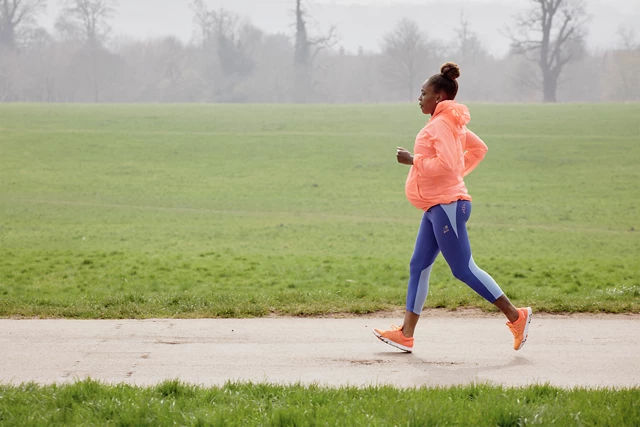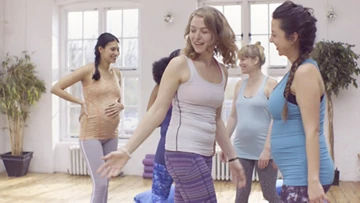@babyswimexpert
Ali is a mum, ex-competitive swimmer and an aquanatal and antenatal swimming teacher with Puddle Ducks. Specialising in pregnancy swimming fitness, Ali has developed and taught her aquanatal programme to over 1,500 expectant mums. Watch as she explains the unique fitness benefits of swimming for you and your baby.
